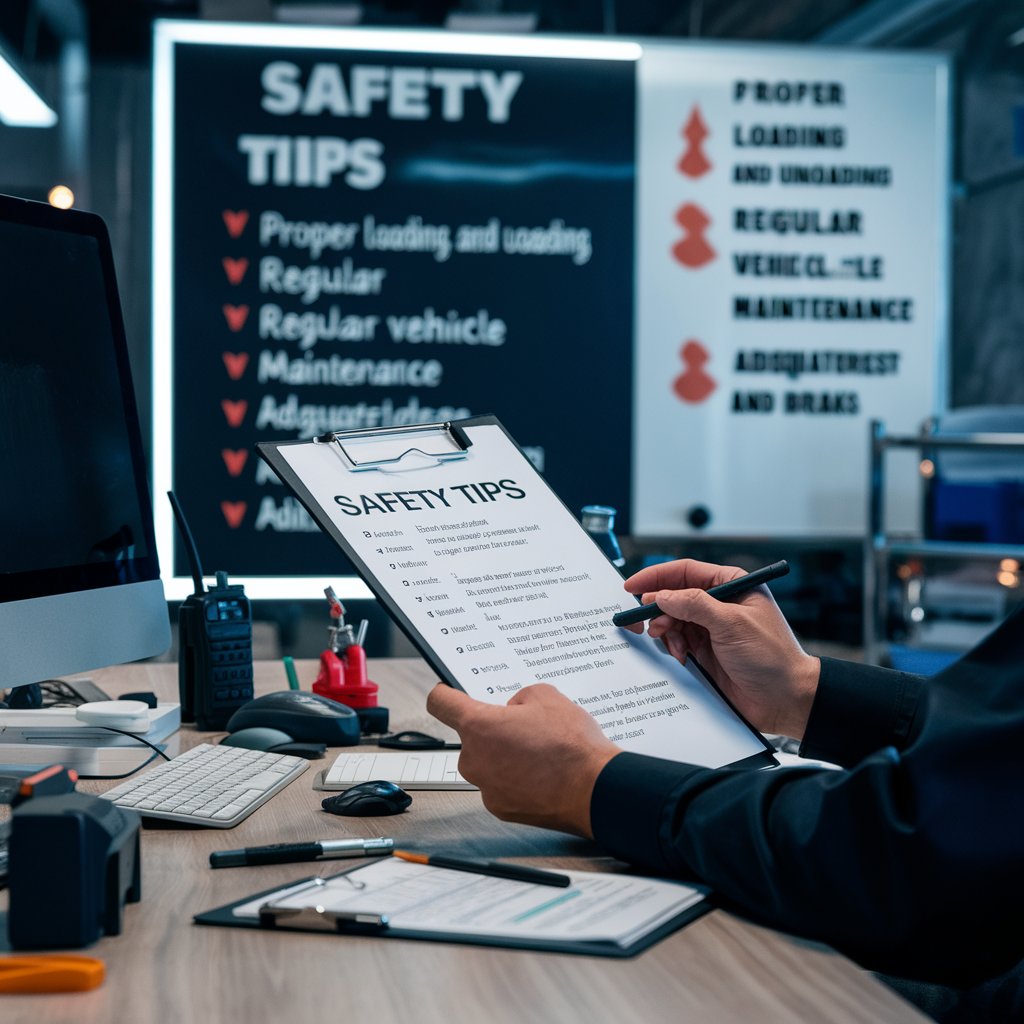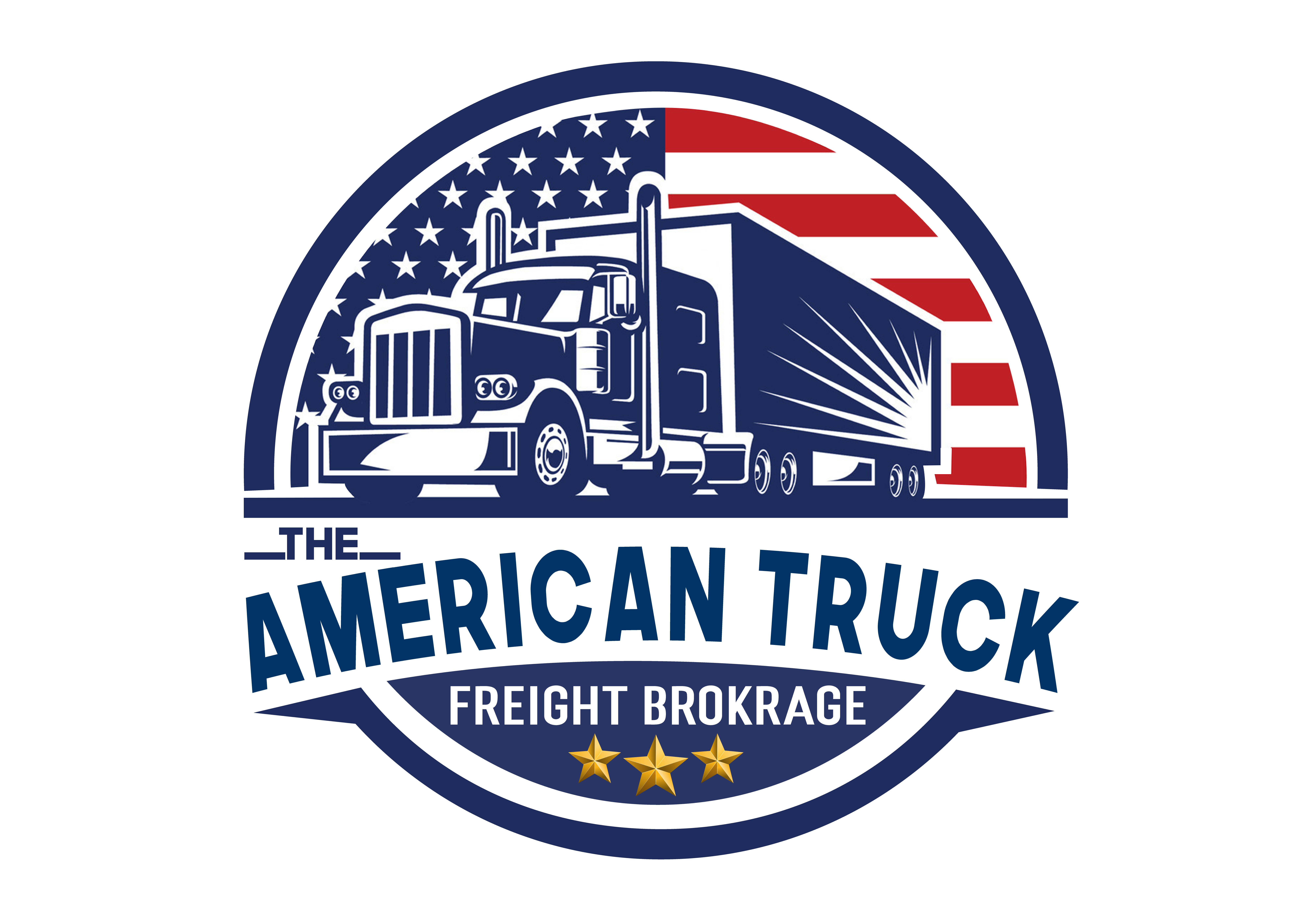
Trucking Safety Tips for Dispatching
In the fast-paced trucking world, safety isn’t just a priority—it’s a necessity. As a dispatcher, you ensure drivers hit the road safely and return home in one piece. Whether you’re a seasoned pro or just dipping your toes into the dispatching pool, these tips will help keep the wheels turning safely.
Know Your Drivers
You can’t just toss a load to the next available driver and call it a day. Knowing your drivers is like knowing your family—each has quirks, strengths, and weaknesses. Some are night owls who can drive through the night without a hitch, while others are more comfortable on daytime roads. And let’s not forget the importance of knowing who’s more prone to risky behavior. That’s right, the driver who thinks he’s on a racetrack rather than a highway.
Get to know their driving habits, preferences, and favorite truck stops. This information isn’t just nice to have; it’s vital for dispatching with safety in mind.
Communicate Clearly and Often
Good communication is the backbone of a safe and efficient operation. But it’s not just about barking orders or throwing out destinations. It’s about being clear and precise and understanding that drivers aren’t just cogs in a machine—they’re people who appreciate a little respect and clarity.
Ensure to relay all the necessary information about the load, route, and potential hazards. If construction is up ahead or a storm is rolling in, give them a heads-up. And remember, communication is a two-way street. Encourage drivers to report any issues, no matter how minor they seem.
Prioritize Rest and Breaks
You wouldn’t drive your car on an empty tank, so why expect drivers to keep going without proper rest? Fatigue is one of the leading causes of accidents in trucking, and it’s your job to ensure drivers are well-rested before they hit the road.
Set realistic schedules that allow for adequate sleep and breaks. Push too hard, and you risk not just a late delivery but lives. Remind drivers to take their breaks seriously and pull over if they feel tired. No load is worth the danger of a drowsy driver behind the wheel.
Stay on Top of Maintenance
A well-maintained truck is a safe truck—it’s that simple. While it’s the driver’s responsibility to check their vehicle, you can help by ensuring regular maintenance checks are up to date.
If a driver reports an issue, don’t just log it and forget it—get it fixed. Whether worn-out tires, faulty brakes, or a glitchy GPS, addressing maintenance problems before they become emergencies can prevent accidents and keep everyone safer.
Use Technology Wisely
We’re living in a digital age, and technology can be your best friend—or your worst enemy—regarding safety. GPS systems, real-time traffic updates, and electronic logging devices (ELDs) can all enhance safety when used correctly.
But don’t fall into the trap of relying solely on technology. While gadgets can provide invaluable data and support, they do not replace good old-fashioned judgment. Use technology to supplement your safety protocols, not replace them.
Educate and Train Continuously
The road to safety is a never-ending journey. Even the most experienced drivers can benefit from refresher courses and updated training. As a dispatcher, you should be aware of the latest safety regulations and best practices—and ensure your drivers are, too.
Consider setting up regular safety meetings or sending updates on new regulations or safety tips. The more informed your drivers are, the better equipped they’ll handle whatever the road throws at them.
Handle Emergencies with a Cool Head
No matter how well you plan, emergencies happen. It’s how you handle them that makes all the difference. If a driver has an accident or encounters a dangerous situation, stay calm and provide clear, supportive instructions.
Have an emergency plan, and make sure your drivers know it inside and out. Being prepared can make a tough situation a lot more manageable, whether it’s a mechanical failure in the middle of nowhere or a medical emergency.
Promote a Culture of Safety
Safety isn’t just about rules and regulations—it’s about creating a culture where safety is valued above all else. Encourage drivers to look out for each other and to speak up if they see something unsafe.
Celebrate safe driving records and make safety a part of your daily conversations. When drivers see that you take safety seriously, they’re more likely to do the same.
Conclusion: Keeping the Rubber on the Road
At the end of the day, your role as a dispatcher is all about keeping the rubber on the road and the drivers safe and sound. By knowing your drivers, communicating clearly, prioritizing rest, staying on top of maintenance, using technology wisely, educating continuously, handling emergencies with a cool head, and promoting a safety culture, you’re not just dispatching loads—you’re dispatching with care. And that’s a job well done.
For further details, visit The American Truck Inc.
To schedule appointments, contact us for a complimentary consultancy session.






